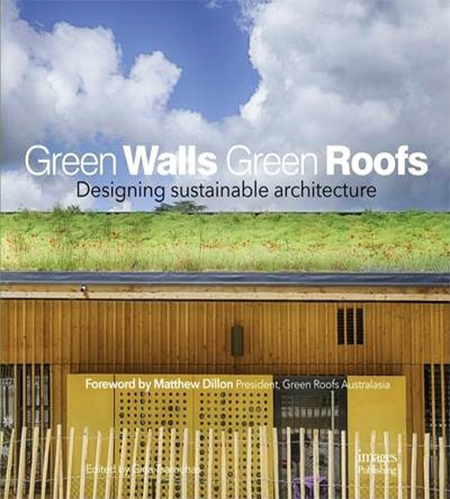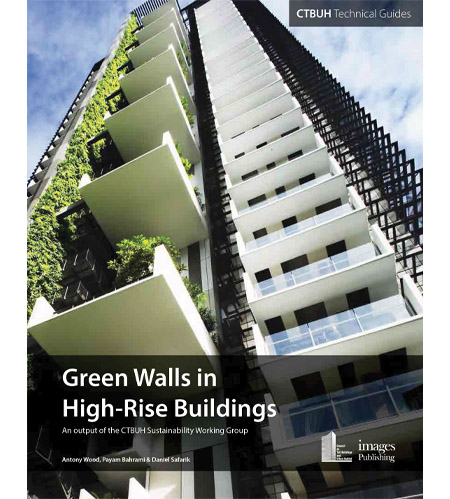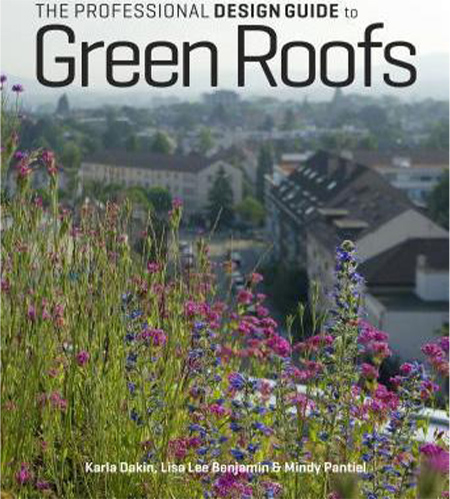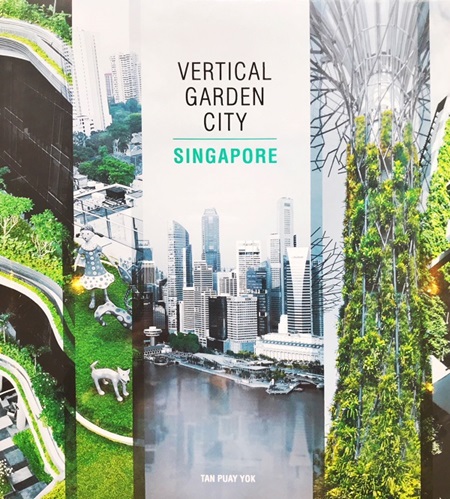
Green Walls Green Roofs Designing Sustainable Architecture
'Green Walls Green Roofs' features projects from all over the world, showing how these elements work in various climates. Ranging from the tropical houses in Singapore to inner-city buildings in North America, this richly illustrated book will show you how living architecture can enrich our world. Sustainable architecture is one of the most popular trends today. With dense urban living and less green space available, green walls and roofs are helping to fill that gap. These living structures can be created with vegetation, which helps to absorb rainwater, provide insulation, and lower temperatures while creating a habitat for natural flora and fauna. "Green Walls Green Roofs" features projects from all over the world, showing how these elements work in various climates. Ranging from the tropical houses in Singapore to inner-city buildings in North America, this richly illustrated book will show you how living architecture can enrich our world. AUTHOR: Gina Tsarounas has coordinated and authored a number of travel guides for Lonely Planet before join ing Images Publishing as a senior editor. Her wealth of experience is demonstrated in the beautifully designed books now being produced. SELLING POINTS: - Will appeal to architects, environmentally minded builders looking for new ideas in sustainable architecture, and anyone who is concerned about climate change issues - Highlights the benefits inherent in living architecture - Features projects from all around the world, from tropical climates to dense, inner-city areas - Richly illustrated and filled with inspiration for any size project 400 colour.
The author of this book is Gina Tsarouhas.

Green Walls in High-Rise Buildings
The Council on Tall Buildings and Urban Habitat has produced four Technical Guides to date, since the series launched in late 2012. Each of these guides is the product of a CTBUH Working Group committees formed specifically to address focused topical subjects in the industry. The intention of each guide is the same to provide working knowledge to the typical building owner or professional who wants a better understanding of available options for improving tall buildings, and what affects their design. The object of the series is to provide a tool-kit for the creation of better-performing tall buildings, and to spread the understanding of the considerations that need to be made in designing tall. The CTBUH is the world s leading resource for professionals focused on the design, construction, and operation of tall buildings and future cities. A not-for-profit organization based at the Illinois Institute of Technology, Chicago, the group facilitates the exchange of the latest knowledge available on tall buildings around the world.
The authors of this book are Antony Wood, Payam Bahrami & Daniel Safarik.

The Professional Design Guide to Green Roofs
Until recently, most green rooftop gardens were little more than variations on sedum mats on four inches of soil. Now, designers are creating cutting-edge green roofs that focus not only on critical environmental issue like heat, storm management, and ecosystem development, but also on the aesthetics, offering beautiful, liveable, sustainable landscapes. The Professional Design Guide to Green Roofs is a comprehensive exploration of rooftop garden design and the process behind it. It covers everything landscape architects and garden designers need to know to create a beautiful garden in the sky. With lush photography, international examples, and solid how-to information, this is an essential resource for all design professionals.
The authors of this book are Mindy Pantiel, Lisa Lee Benjamin & Karla Dakin.

Vertical Garden City, Singapore
Singapore is a modern, cosmopolitan city that is claiming its place as a global city of the world. This has emerged amidst dramatic transformation of its landscapes since its found ing at the start of the 19th century. This is only possible through a deliberate approach of actively reinstating greenery to replace natural spaces that have been inadvertently lost during urbanisation.
The emphasis on urban greening as a cornerstone of Singapore’s urban development approach continues today. One key strategy it has adopted is to green up its vertical spaces as the new frontier of urban greening. In little more than a decade since the idea of skyrise greening was actively promoted in the city, numerous skyrise greenery installations now dot the city’s landscapes. Several are striking architectural marvels, while others help to silently blend the buildings with its environment. How did the groundswell occur? What were the policy considerations and instruments used to promote the concept to the building industry? What more can and should be done?
Vertical Garden City, Singapore describes the skyrise greening movement and efforts in Singapore, and profiles select ed projects in the city that exemplify innovation, creativity and the boldness to try new ideas. This book also explores how an ecological perspective can help to derive more functions from skyrise greenery. It is a valuable resource to those who want to know more about Singapore’s efforts in greening its vertical spaces.
The author of this book is Mr Tan Puay Yok.
